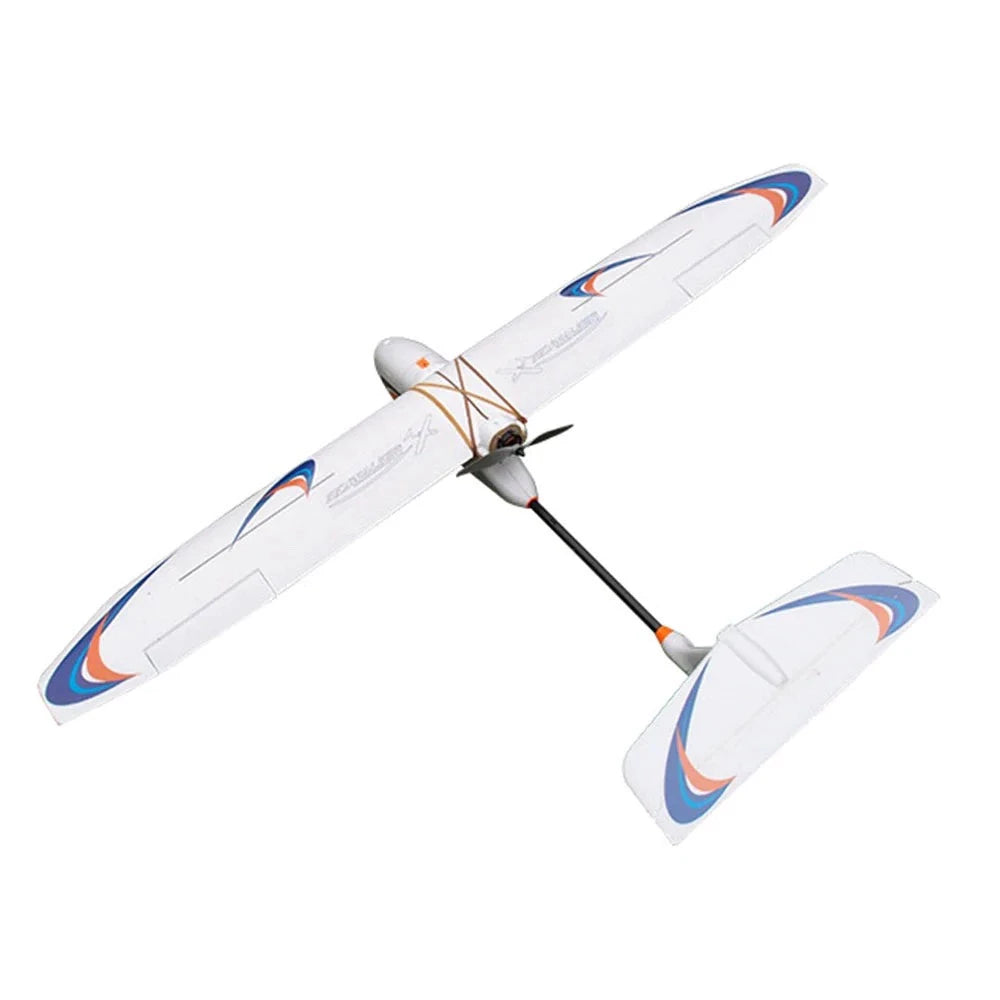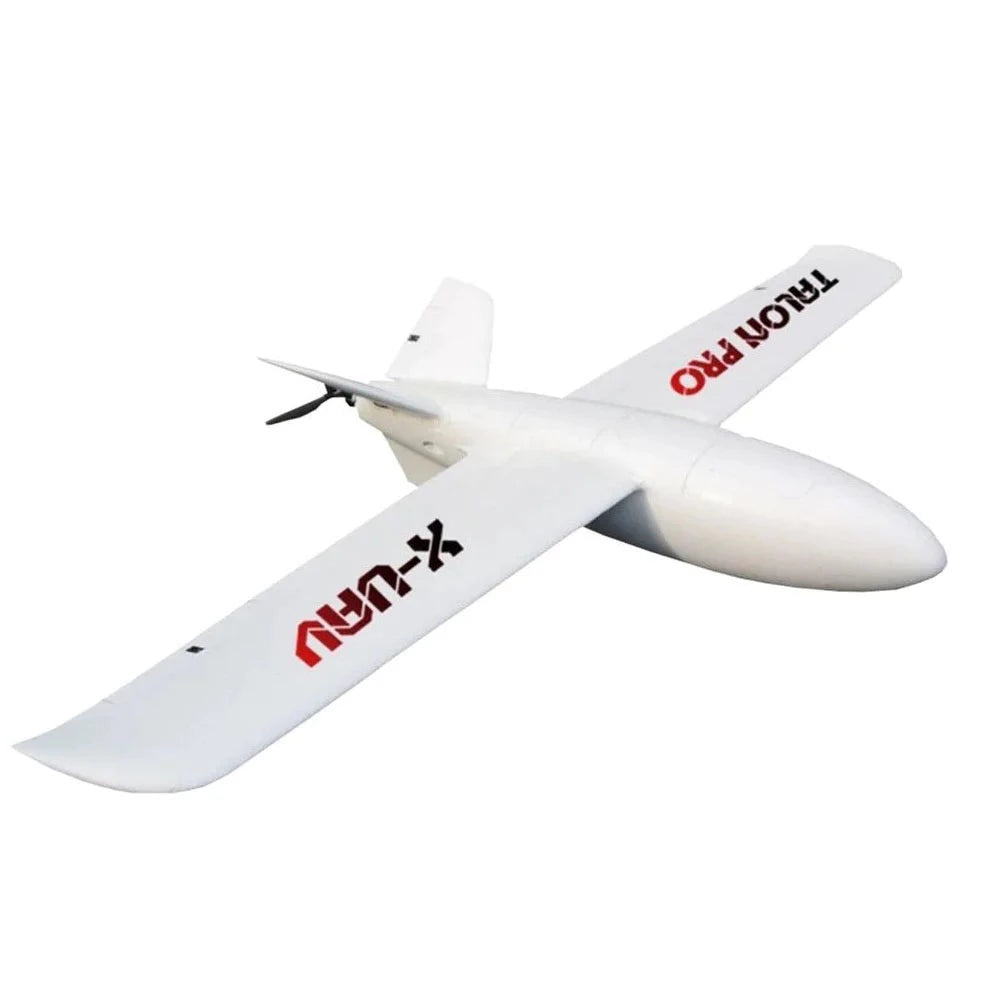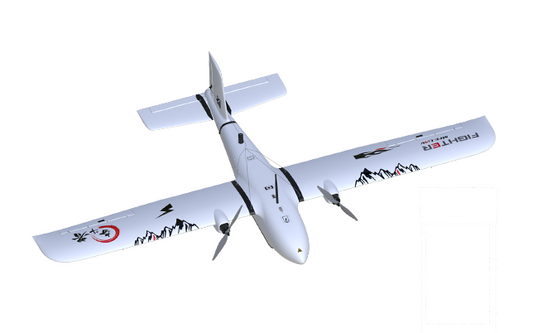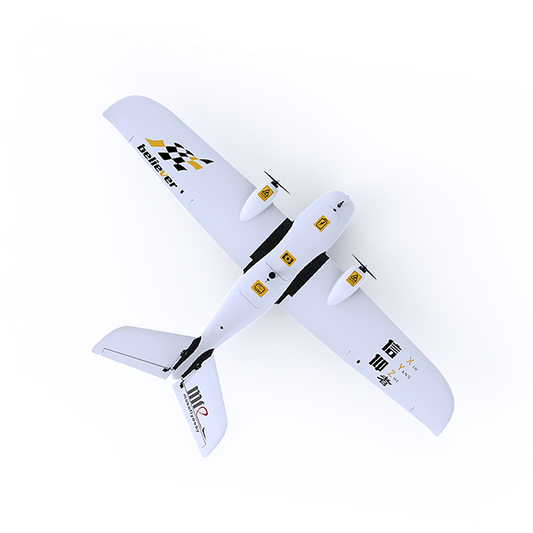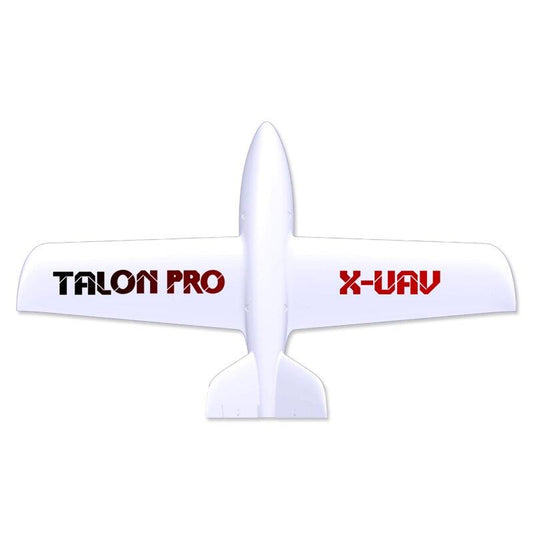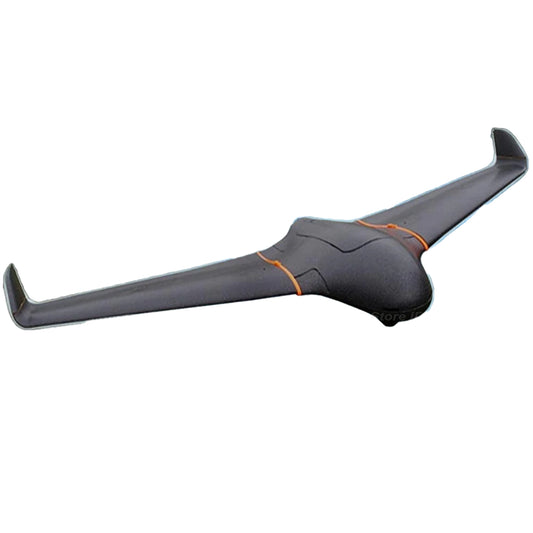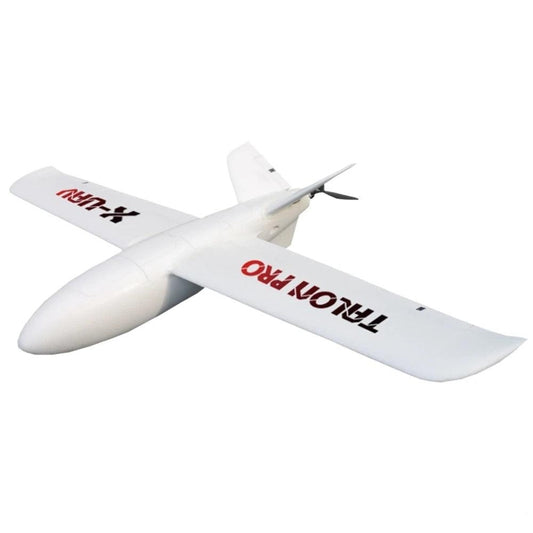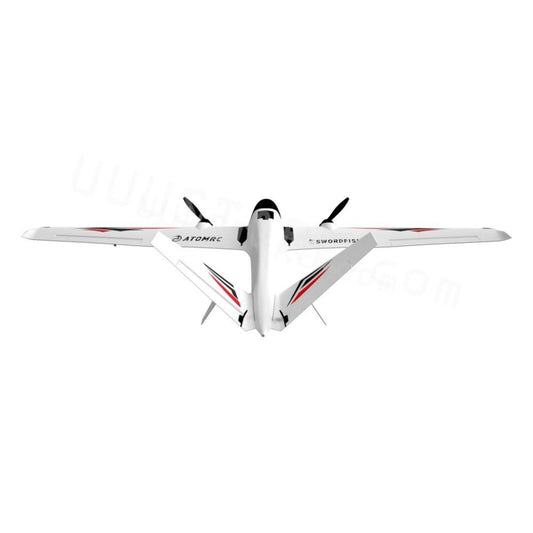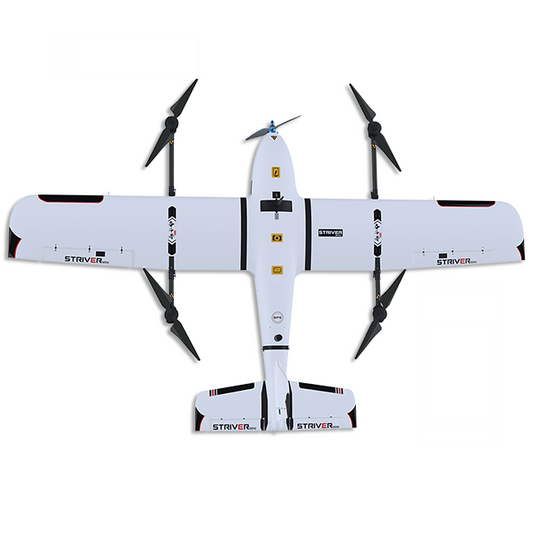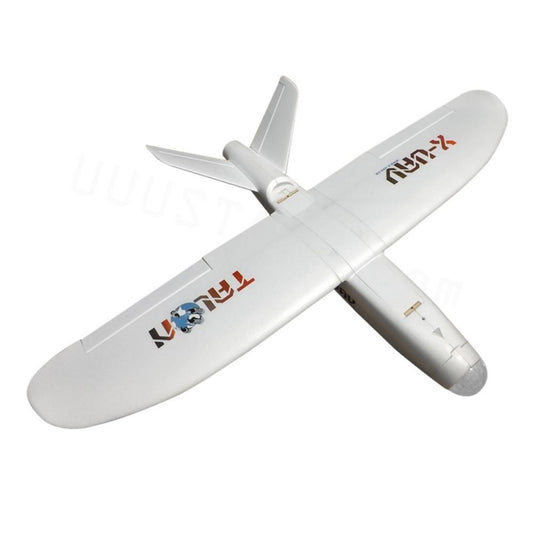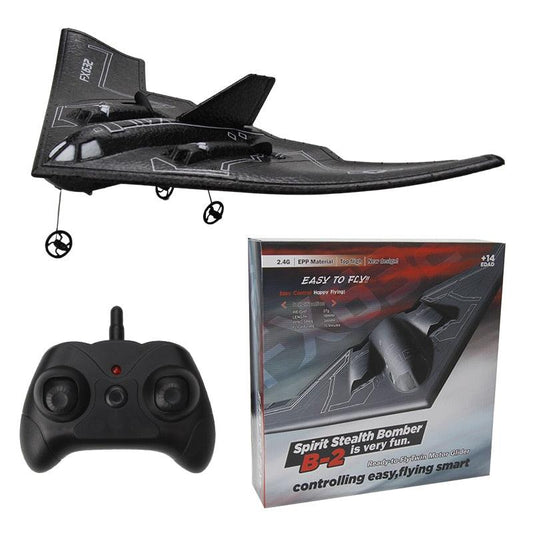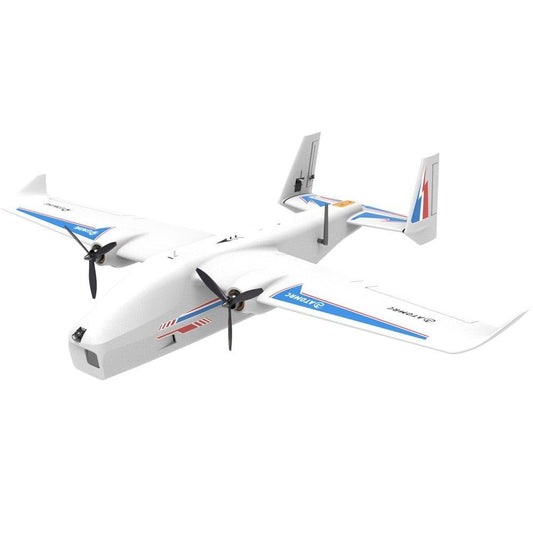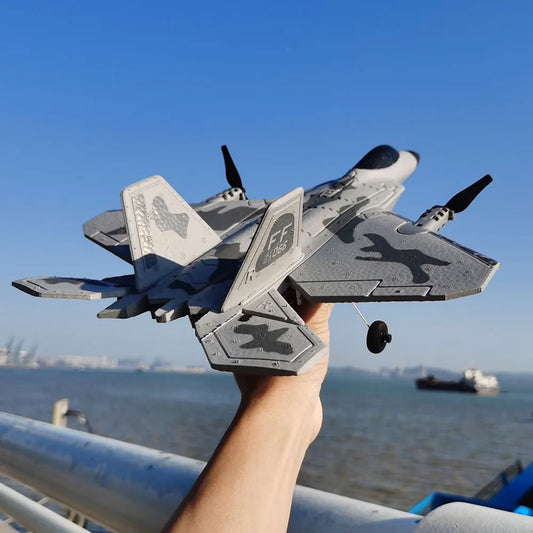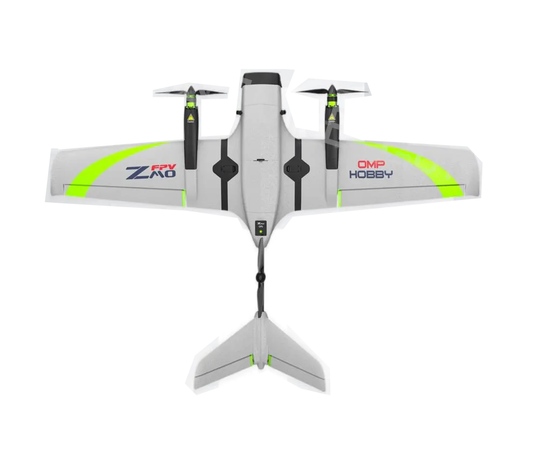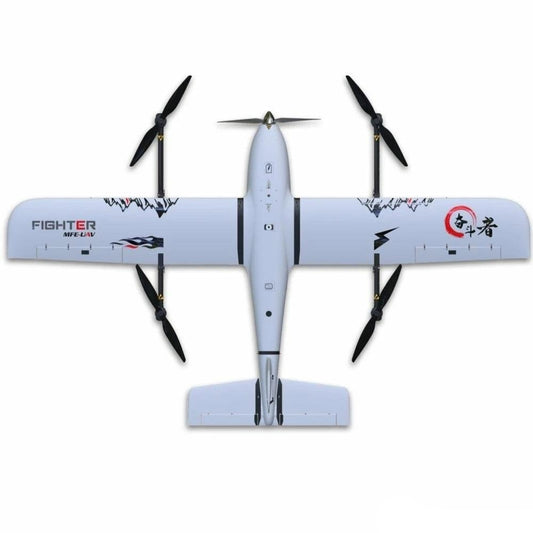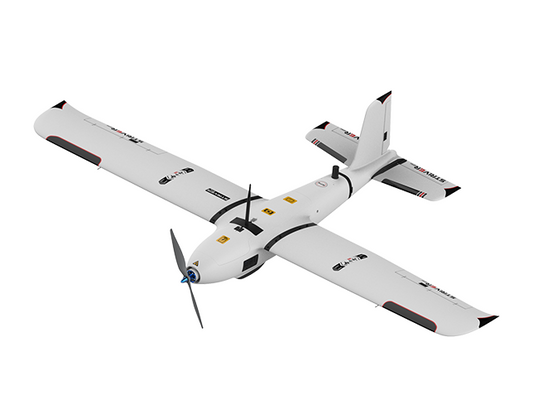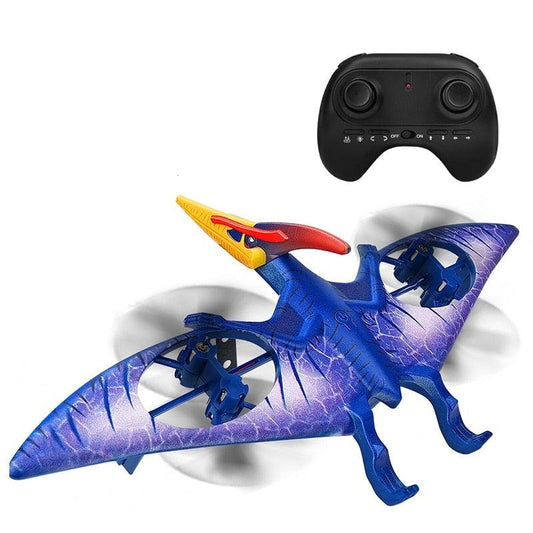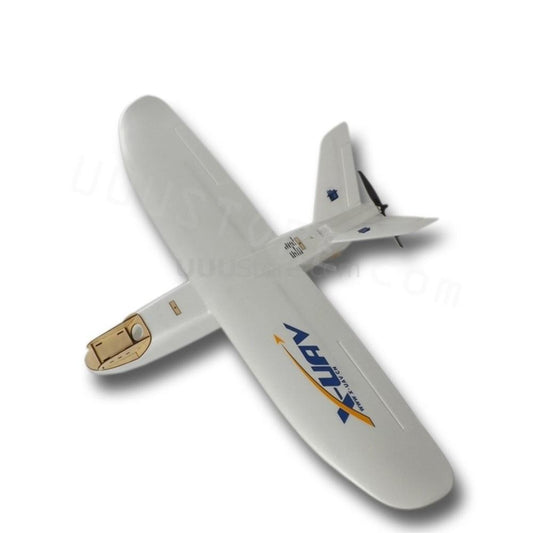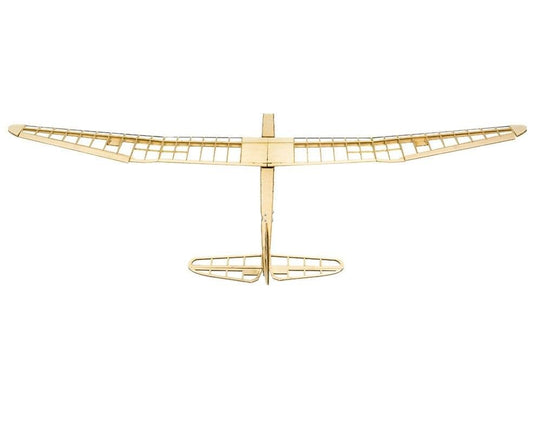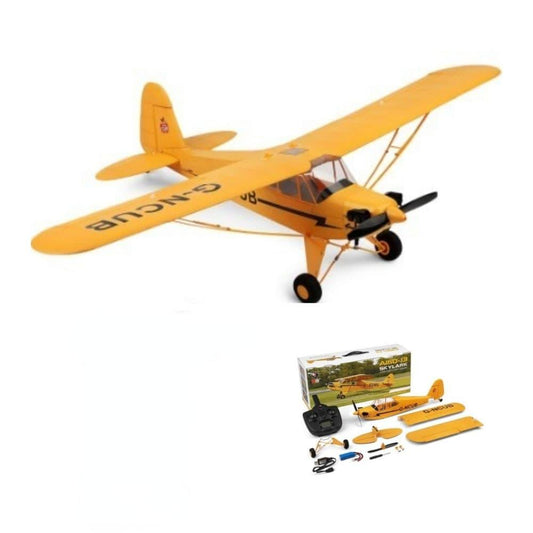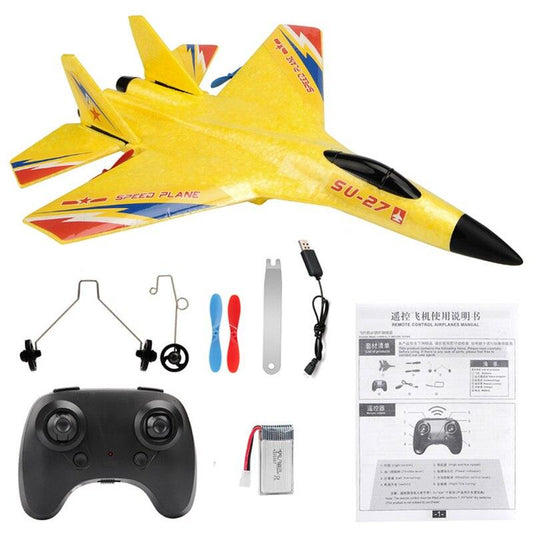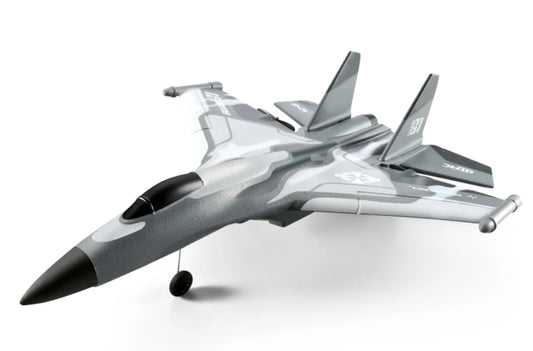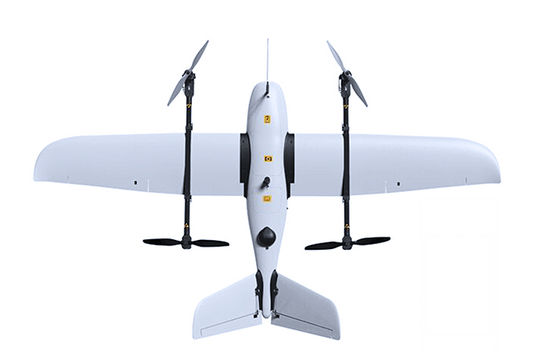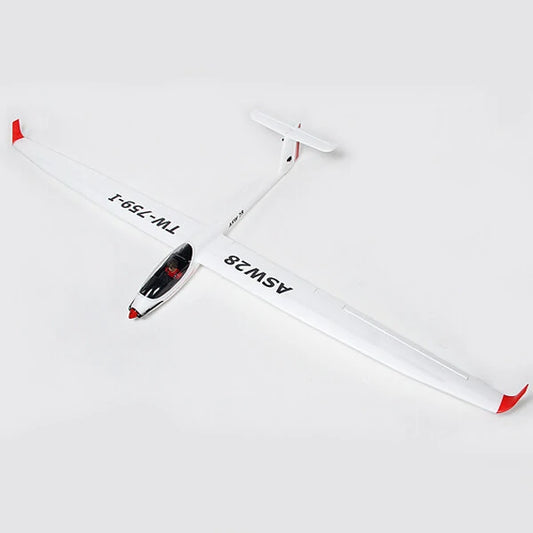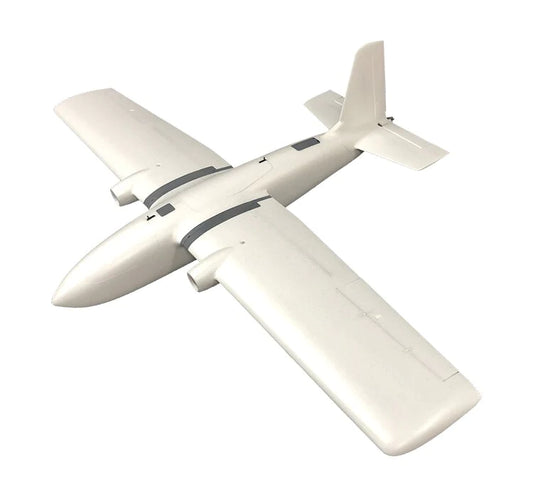Related Collections
-
OMPHOBBY ZMO V2 Tilt-Rotor VTOL FPV Drone Aircraft – 150km/h Speed, 15km+ Range, 1080p/60fps Transmission
Regular price From $99.00 USDRegular priceUnit price per -
Makeflyeasy Fighter Hand Version - 2430mm Wingspan 1.5KG Payload 250KM Range Fixed Wing Aircraft EPO Portable Aerial Survey RC Airplane KIT
Regular price From $799.00 USDRegular priceUnit price per -
Makeflyeasy Believer - 670g Payload 90Km Range 1960mm Wingspan Fixed Wing Airplane UAV Aerial Survey Carrier Mapping Drone
Regular price From $398.70 USDRegular priceUnit price per -
X-UAV Talon Pro - Upgraded Fat Soldier 1350mm Wingspan EPO Fixed Wing Aerial Survey FPV Carrier Model Building RC Airplane Drone
Regular price From $256.25 USDRegular priceUnit price per -
OMPHOBBY ZMO PRO VTOL FPV Aircraft - 60 Minutes 60KM Range ArduPilot GPS UAV Drone
Regular price From $1,379.00 USDRegular priceUnit price per -
Skywalker X8 RC Plane - 2122mm Wingspan 2KG Payload 10KM Range EPO FPV Airplane Frame
Regular price From $489.00 USDRegular priceUnit price per -
X-uav Talon Pro EPO - Fat Soldier Fixed Wing AirCraft Aerial Survey FPV Carrier Model Building RC Airplane Drone KIT Outdoor Toys for Children
Regular price From $215.84 USDRegular priceUnit price per -
Foxtech Loong 2160 VTOL Airplane Drone
Regular price From $2,899.00 USDRegular priceUnit price per -
ATOMRC Swordfish - 1200mm Fixed Wing Wingspan FPV Aircraft RC Airplane KIT PNP FPV PNP Outdoor Hobby Toys for Children RC Model
Regular price From $172.89 USDRegular priceUnit price per -
Makeflyeasy Striver mini (VTOL Version) - 127KM Range 112 Minutes 1KG Payload 2100mm Wingspan Aerial Survey Carrier Fix-wing UAV Aircraft Drone Mapping VTOL
Regular price From $772.39 USDRegular priceUnit price per -
X-UAV Talon EPO 1718mm Wingspan V-tail white version FPV flying Glider RC Model Airplane
Regular price From $374.81 USDRegular priceUnit price per -
ATOMRC Dolphin Fixed Wing AirCraft - 845mm Electric Fixed Wing Wingspan FPV Aircraft RC Airplane KIT/PNP/FPV PNP Outdoor Toys for Children Beginner
Regular price From $161.52 USDRegular priceUnit price per -
Rc Plane B2 Stealth Bomber - 2Ch 34Cm Wingspain Cessna 2.4G Remote Control Airplane Aircraft Drone Toys for Adults Children
Regular price From $40.74 USDRegular priceUnit price per -
2023 ATOMRC Killer Whale RC Airplane 1255mm Wingspan AIO EPP FPV Plane With Camera Mount UAV Aircraft KIT/PNP/FPV RC Toys
Regular price From $153.80 USDRegular priceUnit price per -
BM16 F22 RC Foam Plane - 4 Channels 6G Auto Stabilization with 720P Camera Remote Control Airplanes Aircraft Toys for Children
Regular price From $90.37 USDRegular priceUnit price per -
OMPHOBBY ZMO VTOL RC AirPlane - HD Transmission One Key Return 60mins Flight Time For DJI Goggles and Remote Control Fixed Wing Aircraft RC Plane
Regular price From $1,285.67 USDRegular priceUnit price per -
Makeflyeasy Fighter VTOL - 1.5KG Payload 150KM Range 2430mm Wingspan MFE Fighter VTOL Compound Wing EPO VTOL Aerial Survey Fix-wing AirCraft Drone RC AirplaneKIT
Regular price From $969.00 USDRegular priceUnit price per -
Makeflyeasy Striver mini (Hand Version) - 1.2KG Payload 200KM Range 145Minutes 2100mm Wingspan Aerial Survey Carrier Fix-wing UAV Aircraft Mapping Airplane Drone
Regular price From $416.20 USDRegular priceUnit price per -
Sakura RC EPP Indoor 3D F3P Airplane - 420mm Wingspan Radio Controlled Electric Plane Unassembled Need to Build Aeroplane
Regular price $29.83 USDRegular priceUnit price per -
MXW New Mini Drone Dinosaur Remote Control Aircraft 2.4G Radio Control Helicopter Pterosau Drones RC Plane Children's Flying Toy
Regular price From $39.78 USDRegular priceUnit price per -
BM21 3-in-1 Amphibious Waterproof Gyro Stabilized RC Plane Boat EPP Foam Water Land Flying Airplane Fixed Wing Aircraft
Regular price $32.09 USDRegular priceUnit price per -
X-uav Mini Talon RC EPO Kit - 1300mm Wingspan V-tail FPV RC Model Radio Remote Control Airplane Aircraft Kit
Regular price $190.63 USDRegular priceUnit price per -
Reptile S1100 Black 1100mm Wingspan EPP FPV Flying Wing RC Airplane KIT RC Toys for Children Boys Gifts
Regular price From $170.66 USDRegular priceUnit price per -
RC Plane Laser Cut Balsa Wood Airplanes sunbird 2017 motor glider Wingspan 1600mm Balsa Wood Model Building Kit
Regular price From $139.79 USDRegular priceUnit price per -
A160 RC Airplane - Outdoor Foam Fiexd Airplane 3D/6G 1406 Brushless Motor 2.4GHz 4CH Remote Control Airplane
Regular price From $111.94 USDRegular priceUnit price per -
501 RC Plane - 2.4G Radio Control Glider Remote Controlled Fighter Plane Foam Airplane Model Toys for Children Boys
Regular price From $24.17 USDRegular priceUnit price per -
B2 RC Airplane - 2.4Ghz 2 Channels Remote Control Airplane Fixed Wing Foam Aircraft Model Flight with LED Lights Kid Toys for Boys
Regular price From $34.43 USDRegular priceUnit price per -
G1 RC Airplane - 2.4GHz Foam Fixed Wing with Lights Radio Remote Control Plane Outdoor Fighter Glider Model Kit Toys for Children
Regular price From $42.83 USDRegular priceUnit price per -
Makeflyeasy HERO VTOL - 1KG Payload 144km Range 136min 2180mm Wingspan Fix Wing Aircraft Airplane Drone for Inspection Surveying Mapping Monitoring
Regular price From $829.00 USDRegular priceUnit price per -
Makeflyeasy Freeman 2300 - 1KG Payload 80KM Range 2300mm Wingspan Tilt VTOL Fixed Wing Aircraft Aerial Survey Carrier Span Fpv Rc Plane UAV mapping Long range drone
Regular price From $780.00 USDRegular priceUnit price per -
ATOMRC Dolphin Fixed Wing Aircraft - 845mm Wingspan RC Airplane RC Plane KIT/PNP/FPV PNP Version DIY toys
Regular price From $135.92 USDRegular priceUnit price per -
BM22 F22 Fighter 2.4G 4CH Large Fixed-wing Remote Control Airplane Electric Foam Model
Regular price From $145.76 USDRegular priceUnit price per -
Hao Han Firfly FPV Drone
Regular price From $399.00 USDRegular priceUnit price per -
HEQ Black Knight GP7 VTOL Aircraft
Regular price $1,499.00 USDRegular priceUnit price per -
Volantex ASW28 V2 Sloping 2540mm Wingspan EPO RC Sailplane Glider Airplane
Regular price From $289.00 USDRegular priceUnit price per -
MFD Crosswing Nimbus Pro V2 - 1900MM Fixed Wing 2KG Payload FPV UAV Model Airplane Drone
Regular price From $459.00 USDRegular priceUnit price per

